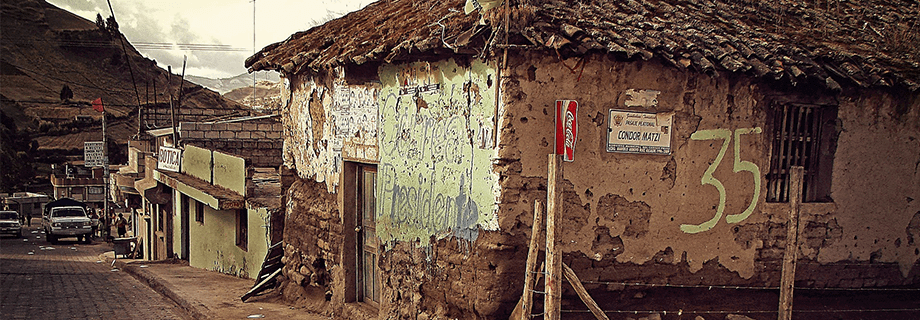What Poor People Do

A couple of months ago, a West African banker told me, “Farming is what poor people do.”
Well, I recently had the privilege of attending the World Food Prize ceremony and conference that is held in Des Moines, Iowa, each year. Iowa is not just the home of Insta-Pro. Iowa is the world’s 6th largest producer of maize and soybeans.
United Nations Secretary General Ban Ki-Moon addressed us twice. He said, “Ending hunger is the right thing to do, the smart thing to do, the necessary thing to do – and something we must do.”
Another speaker was Ertharin Cousin, Executive Director of the World Food Programme (WFP). WFP already buys food in many of the poorest countries in the world, and its target is to buy 20-25% of its food as close as possible to where it is needed. This is called Local Procurement.
Last year, WFP purchased 350,000 MT of Fortified Blended Foods, for distribution to refugees, schools, and others in need of food assistance. WFP wants to increase local purchases as much as possible, knowing that by doing so, it is supporting local farmers, local processing industries and local economies.
“We need corn-soy blend processing plants in West Africa,” WFP’s regional director told me. There are CSB plants in Kenya, Uganda, Ethiopia, Malawi and South Africa, but you can count West African CSB plants on one hand.
WFP food purchases in Africa are significant. Last year, the organization paid African farmers and processors over $180,000,000.
Who supplies this food? Mainly South Africa, Ethiopia, Malawi, Kenya and Sudan.
But who really provides this food? Women.
Women produce up to 80% of Africa’s food.
In many African countries, women provide:
- 33% of the workforce
- 70% of the agricultural workers
- 60-80% of the labor to produce food for household consumption and sale
- 100% of the processing for basic food stuffs
- 90% of household water and fuel wood
- 80% of food storage and transport from farm to village
- 90% of the hoeing and weeding work
- 60% of the harvesting and marketing activities
But not even 2% of the land is owned by women.
Got it? Now you understand why gender issues and land rights’ issues are fundamental to the future of food security.
By the way, the French Revolution in 1789 was sparked by crop failure. Without the Agricultural Revolution in the 18th Century, Britain would never have embarked on the Industrial Revolution in the 19th Century which changed the world. The wealth of the United States is founded on agriculture, just like that of Europe.
Wake up bankers!



